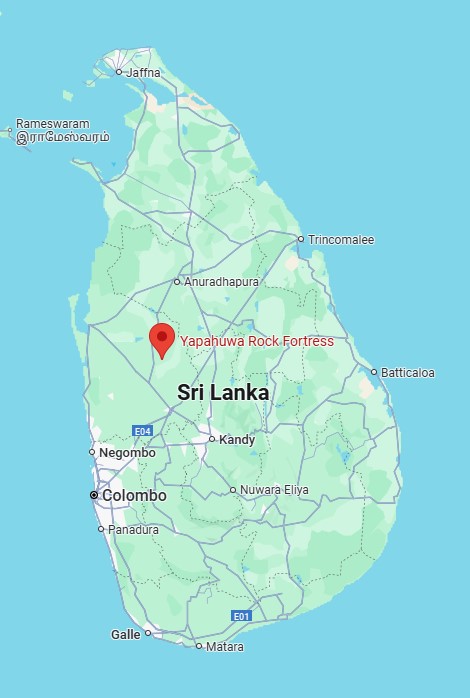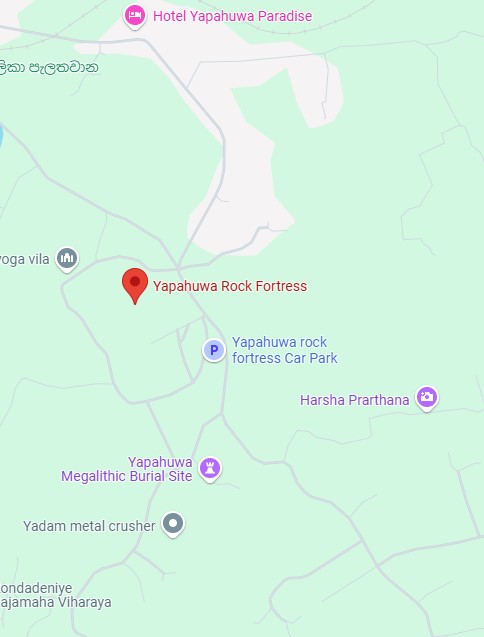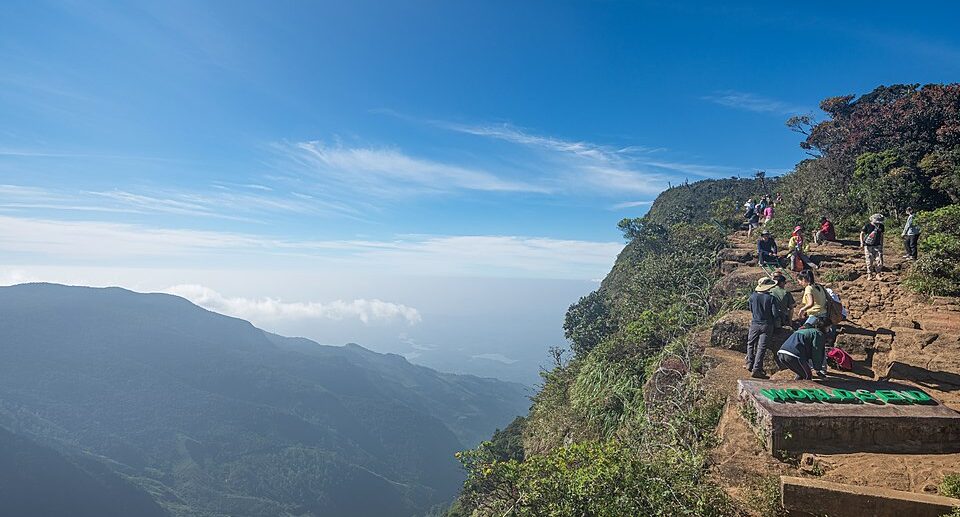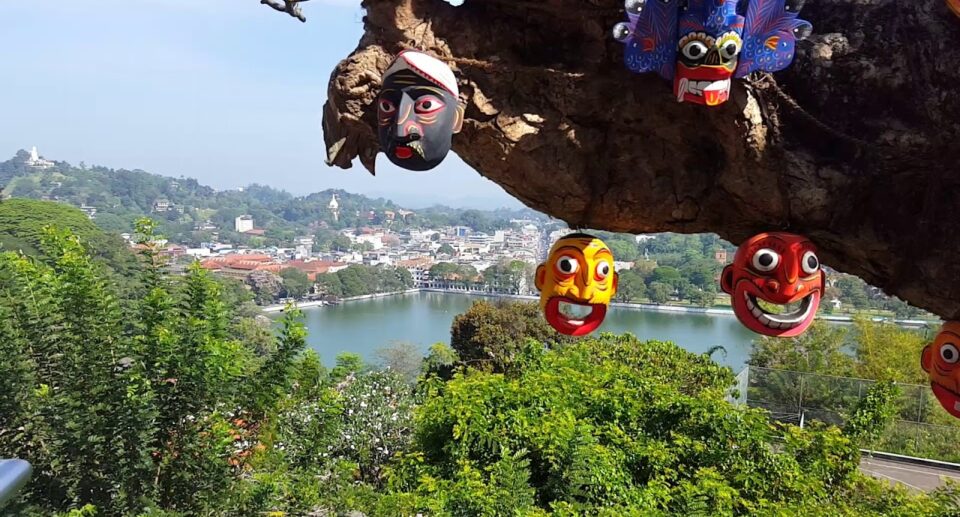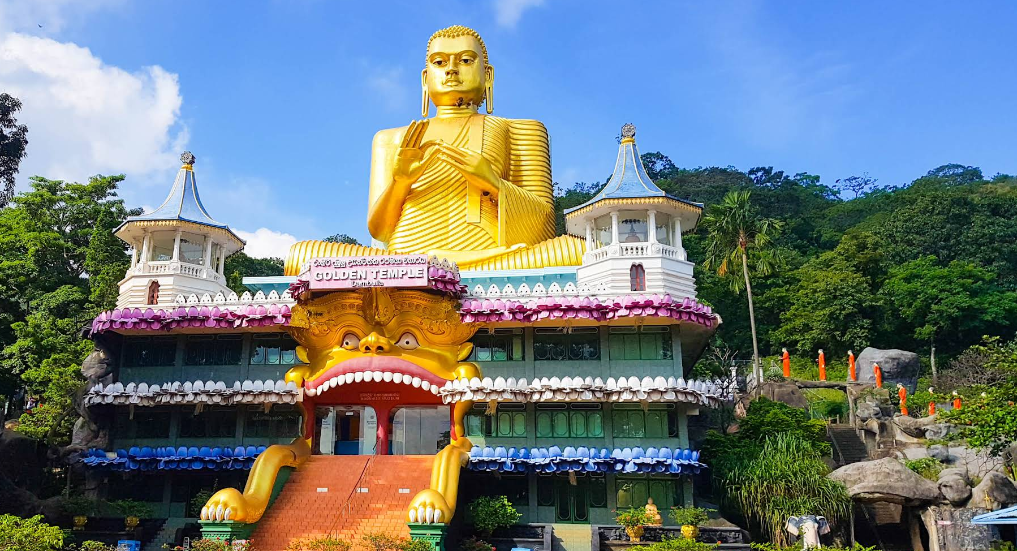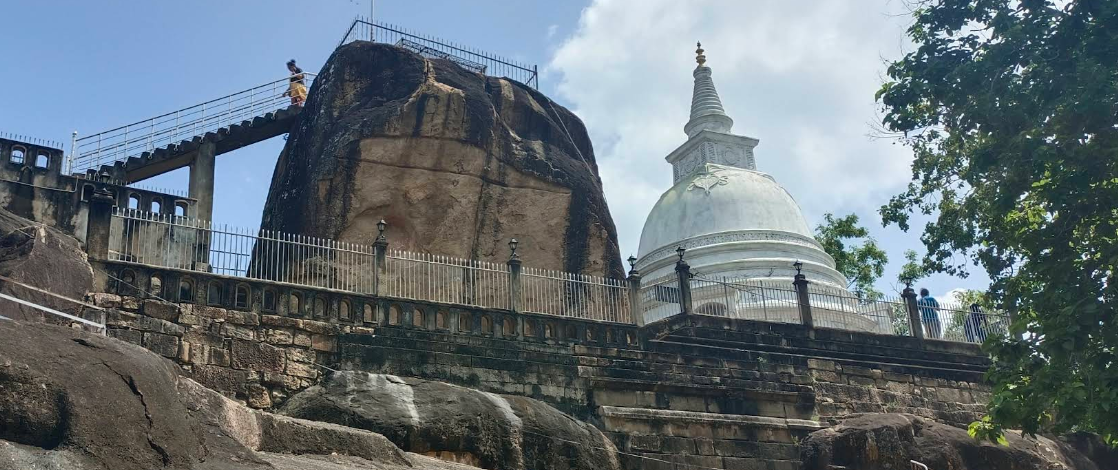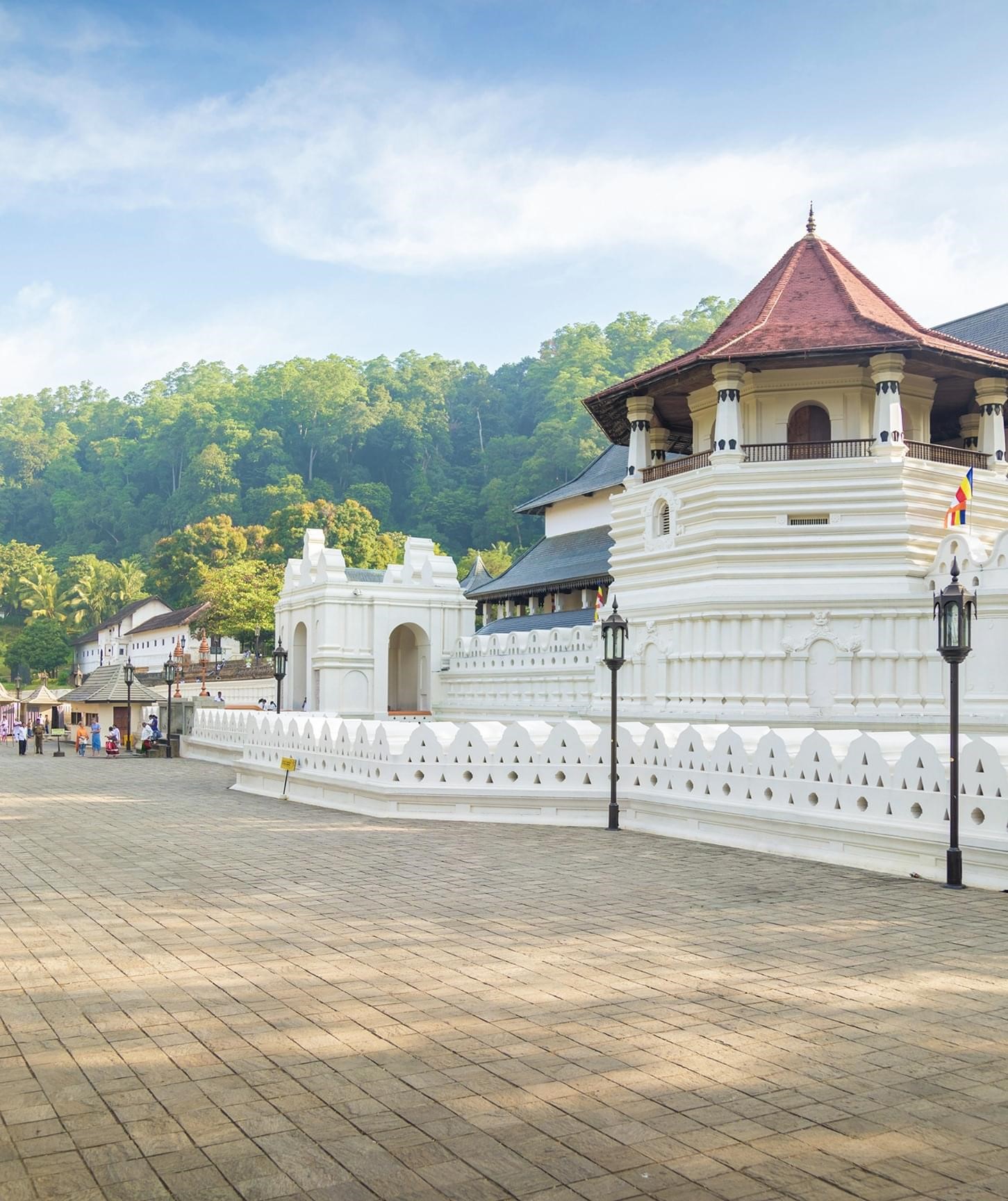Yapahuwa Rock Fortress: A Forgotten Citadel of Sri Lanka
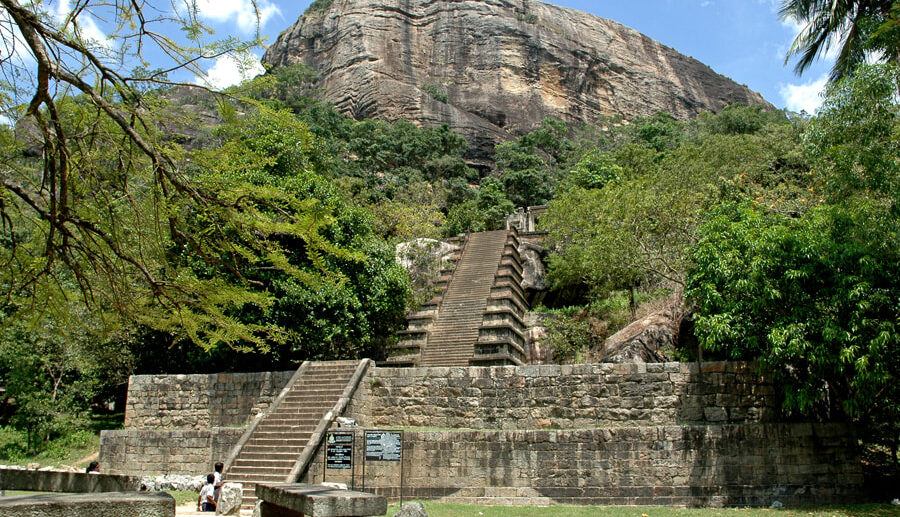
Sri Lanka, rich in its ancient history and cultural heritage, has a number of great ruins of the ancient civilizations. One such lesser-known but historically significant archaeological and historical location is the Yapahuwa Rock Fortress. Generally overlooked by Sigiriya or Anuradhapura, Yapahuwa holds a lot in store for revealing information about a brief but pivotal period of Sri Lankan history. Perched on top of a 90-meter-tall rock in the northwestern province of the island, Yapahuwa was initially a royal fortress, army base, and cultural hub. Today, it is a reminder of the resilience of a kingdom and the engineering acumen of the time.
Historical Background
The past of Yapahuwa goes back to the chaotic era in the 13th century when Sri Lanka suffered successive intrusions by South Indian dynasties. It was King Buvanekabahu I (1272–1284 A.D.) who, abandoning Polonnaruwa which was increasingly vulnerable to intrusions, primarily from the Pandyan dynasty of southern India, declared Yapahuwa the capital of Sri Lanka. Choosing Yapahuwa, a boulder naturally defended with good vantage points, the king in search of a safer location chose it.Sri Lanka,
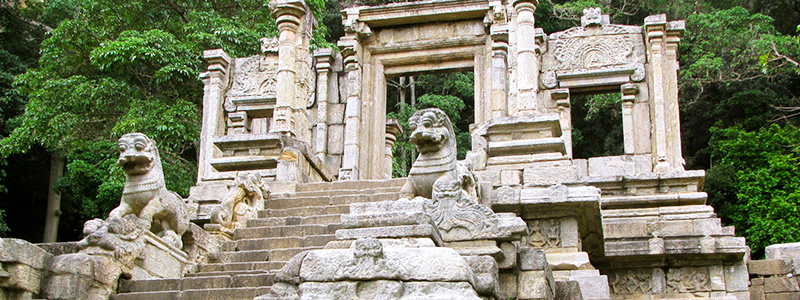
Yapahuwa was the capital of the Kingdom of Dambadeniya for a brief time, approximately from 1272 until 1284. It was where the Sacred Tooth Relic of the Buddha was kept, which represented the rightful sovereignty of Sri Lanka. Yapahuwa was heavily fortified and contained complex structures, both residential and religious.
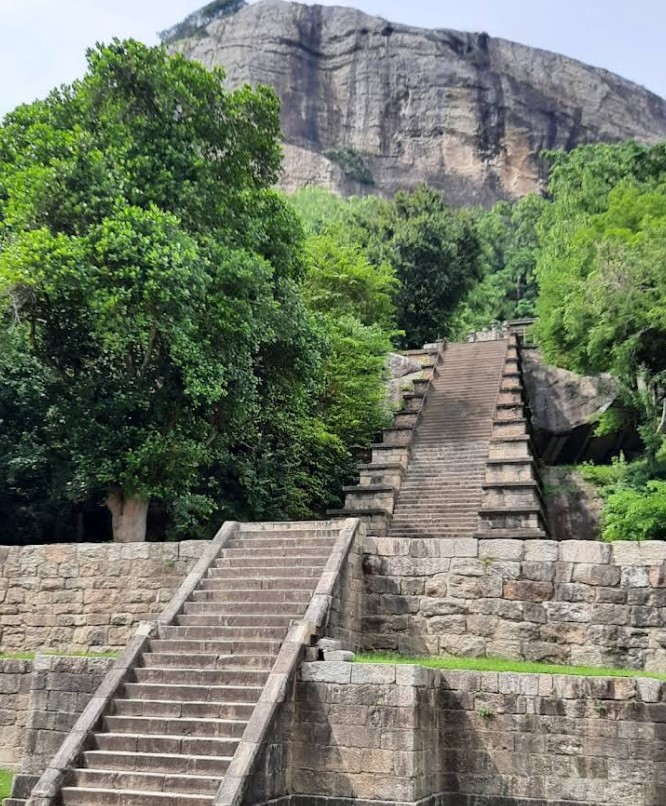
But glory did not last long at Yapahuwa. After the death of King Buvanekabahu, the capital was once again moved, and Yapahuwa was soon invaded by the Pandyans. The city was plundered, and the Tooth Relic was taken to India, though later brought back. Although it served a short time as a capital, Yapahuwa has left behind a rich cultural and architectural heritage that speaks a lot about its former importance.
Architecture and Design
The Yapahuwa style of architecture is a fascinating blend of warfare and art. The fortress is situated on a massive granite rock outcrop 90 meters above ground level in the plain. The natural rock gave the site excellent defensive qualities. The rock was encircled by a rampart and moat, and the location possessed only one main entrance, which made it more defensible.
Best known is the large stone staircase, more popularly referred to as the “Yapahuwa Steps.” The stunning stairway that leads up to the palace and shrine complex is one of the finest preserved examples of Sri Lankan ancient stone sculpture. Each step is flanked by elegantly carved lion figures, mythical guardians of the entrance. These lion statues are so famous that one of them was illustrated on a Sri Lankan banknote (the old Rs. 10 note).
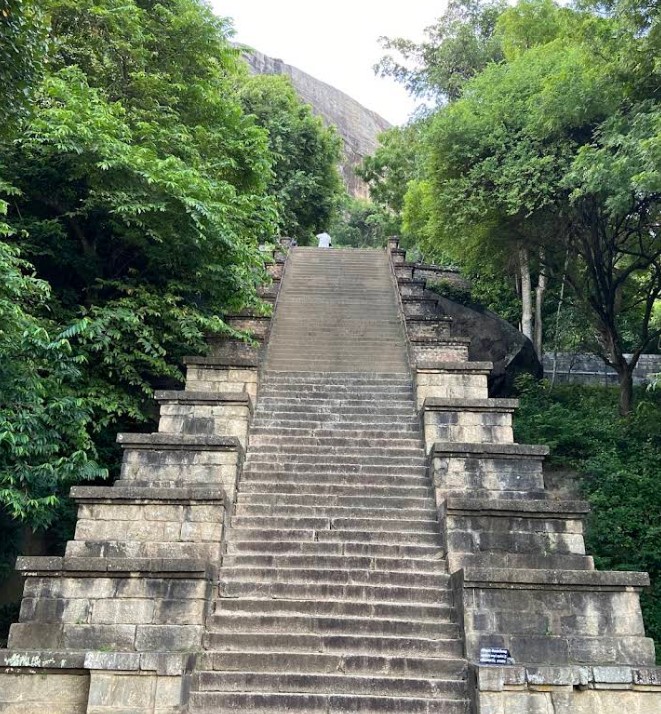
The highest portion of the temple, near the staircase, holds idols of what is purported to be the Temple of the Tooth Relic, sacred structure which had kept the relic of the tooth of the Buddha. The planning of the temple and the connected palace structures reflect a deep understanding of planning and construction in space. The application of stone, brick, and stucco, as well as the carved patterns of flowers, dancers, and gods, reflect the skill and artistic judgment of the architects.
Religious and Cultural Significance
Though built primarily as a military fortress, Yapahuwa was also deeply religious. That it was the abode of the Sacred Tooth Relic added a value to its position as a spiritual center. The relic was not merely a religious symbol but also a political one, since its ownership legitimized the rule by that king of the monarchy. Yapahuwa was not only a defensive capital but a religious and cultural center of the kingdom during its short tenure.
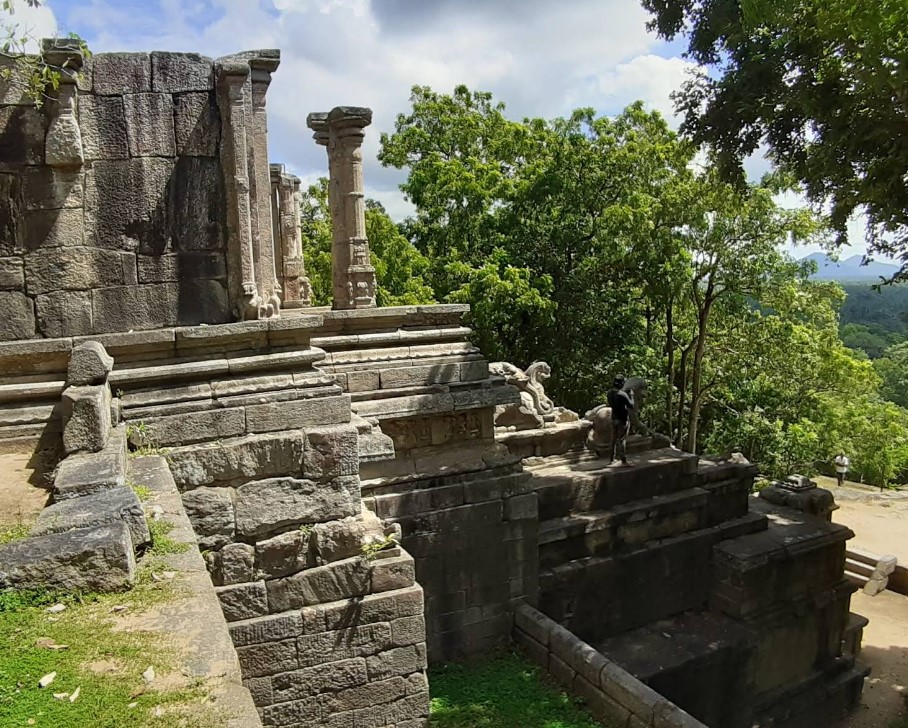
When the capital was moved and the city declined, Yapahuwa was left vacant as a palace but continued to exist in purpose as a Buddhist monastery for several centuries. Buddhist monks and pilgrims came to visit the site, and many of the stone inscriptions found at Yapahuwa represent religious offerings and royal decrees relevant to monastic matters.
Rediscovery and Archaeological Significance
Yapahuwa was forgotten for the most part until it was rediscovered in the British colonial era. Excavation and exploration of the site commenced in the 19th and 20th centuries by archaeologists, who revealed much historical data. Yapahuwa is now a protected historical monument listed by the Department of Archaeology of Sri Lanka.
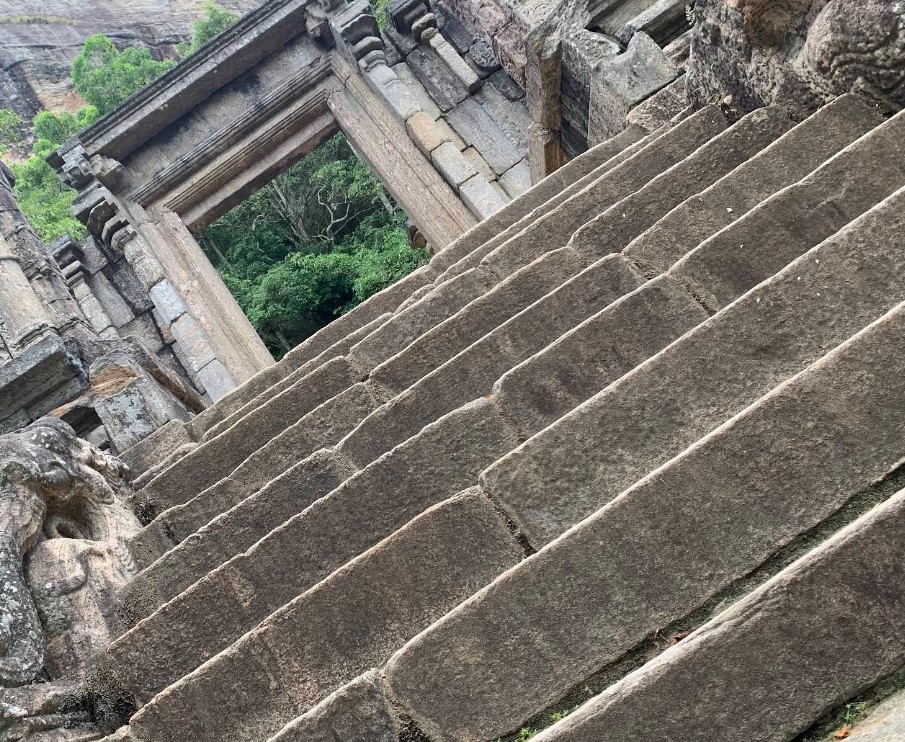
Excavations have brought to light traces of residential zones, defense walls, water reservoirs, and other religious buildings. Inscriptions on stone pillars and slabs provide evidence regarding the laws, administration, and religious life of the kingdom.
The site contains informative information on the relocation of Sri Lankan capitals away from the northern plains to safer inland hill zones in relation to South Indian invasions. Yapahuwa architecture also shows certain South Indian Dravidian influences, particularly in ornamentation, signifying an intermixing of local and outside art traditions.
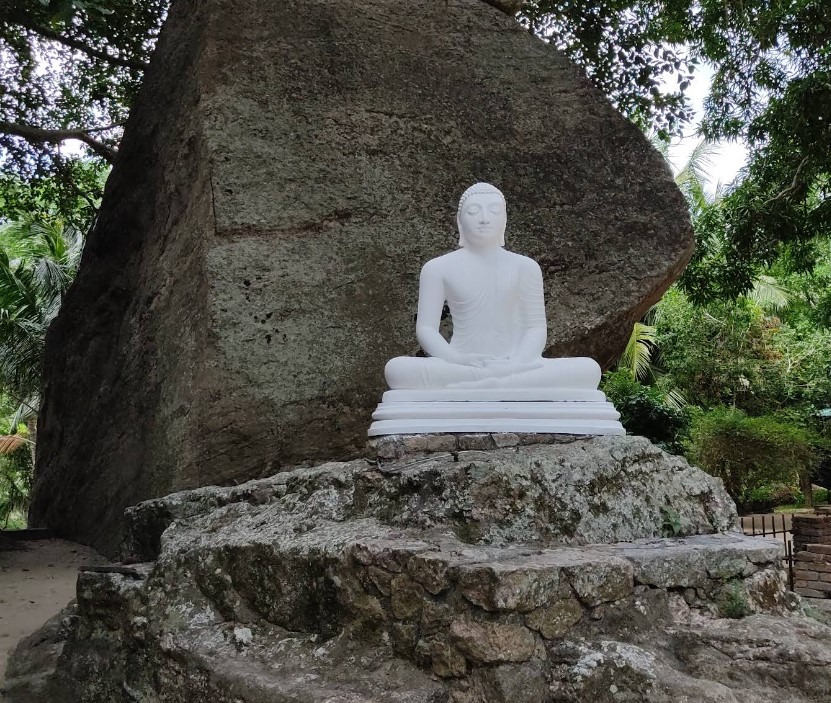
Visiting Yapahuwa Today
Yapahuwa is located in the Kurunegala District, about 4 kilometers from the town of Maho and about 112 kilometers northeast of Colombo. The site is easily accessible to visitors and is gradually but consistently drawing in local and international tourists.
The climb to the top, although fairly steep, is worth the inconvenience. Along the way, visitors pass by grand staircase, carvings, and partially restored structures. Upon the top, the view of the surrounding plains is both beautiful and evocative, giving an impression of the strategic location of the fortress.
Guides and boards of information are available to enlighten people regarding the history and architecture of the site. There is a small museum at near ground level as well, which exhibits items excavated from excavations like pottery, coins, tools, and stone carvings.
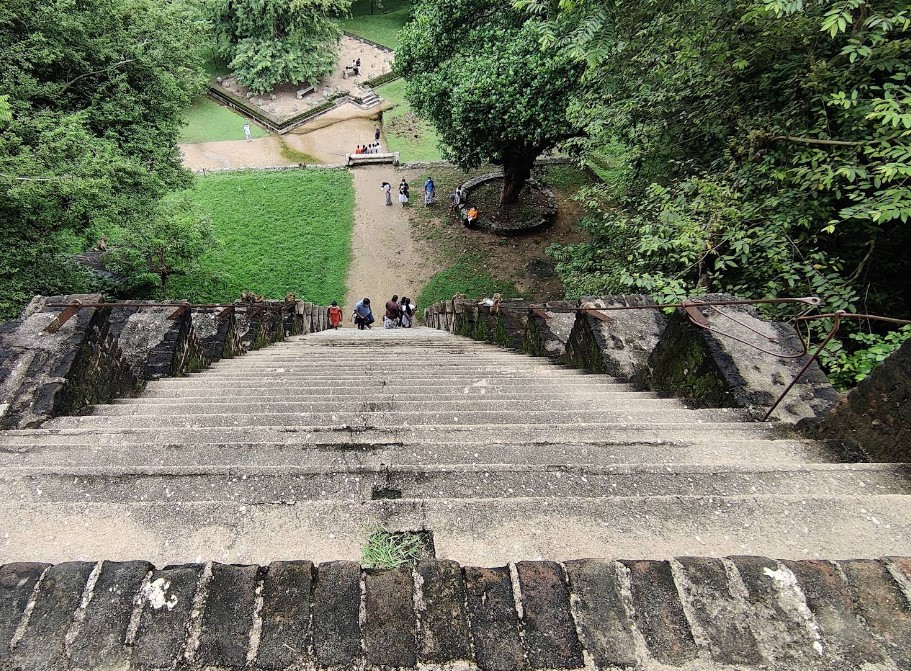
Challenges and Conservation Efforts
Like with most ancient monuments, Yapahuwa suffers from weathering, vegetation, and the lack of funds to carry out preservation. Preservation work is carried out by the Sri Lankan Department of Archaeology with the assistance of international heritage societies. Periodic maintenance, recording, and advocacy campaigns are crucial in order to continue this precious heritage site for years to come.
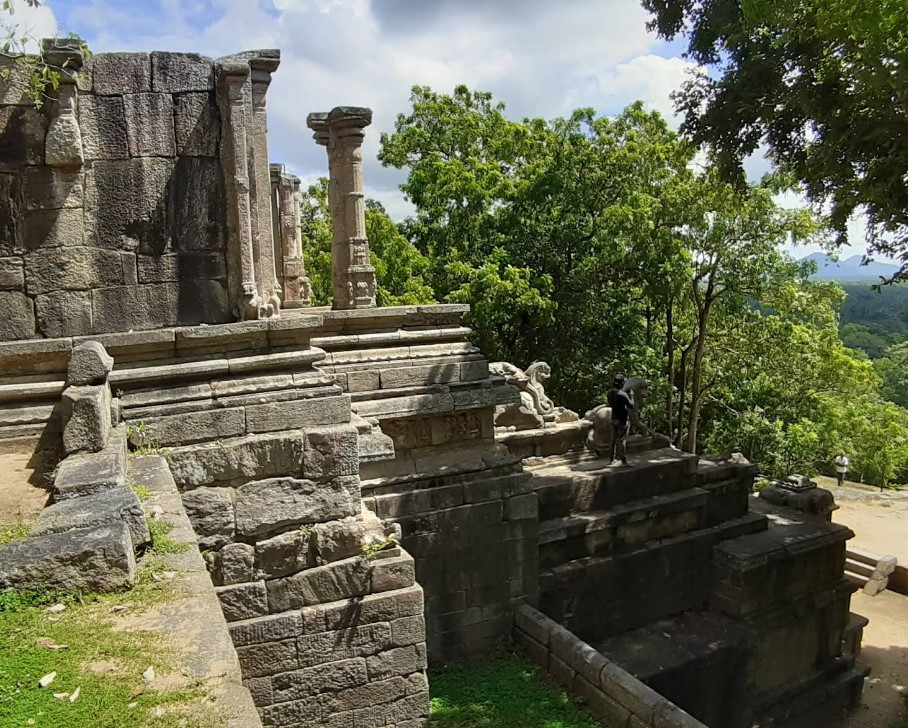
Tourism, as it is economically profitable, also poses threats of overuse and degradation. Conservation through responsible tourism activities and community engagement is critical in finding a balance between preservation and accessibility.
The Yapahuwa Rock Fortress was maybe only a very short time the capital of Sri Lanka, but its historical significance, cultural value, and architectural significance far outweigh its short duration. It is today a living legacy of a powerful kingdom developing from necessity to protect against outside forces while still producing beauty and clinging to tradition.
Yapahuwa’s superb carvings, strategic location, and role as guardian of the Sacred Tooth Relic qualify it as one of Sri Lanka’s most compelling ancient ruins. For those who want to gain a deeper understanding of the island’s history outside the tourist trail of Sigiriya and Anuradhapura, Yapahuwa offers a haunting journey into the center of a vanished world—where conflict, faith, and art intersected on a magnificent rock in the Sri Lankan highlands.
